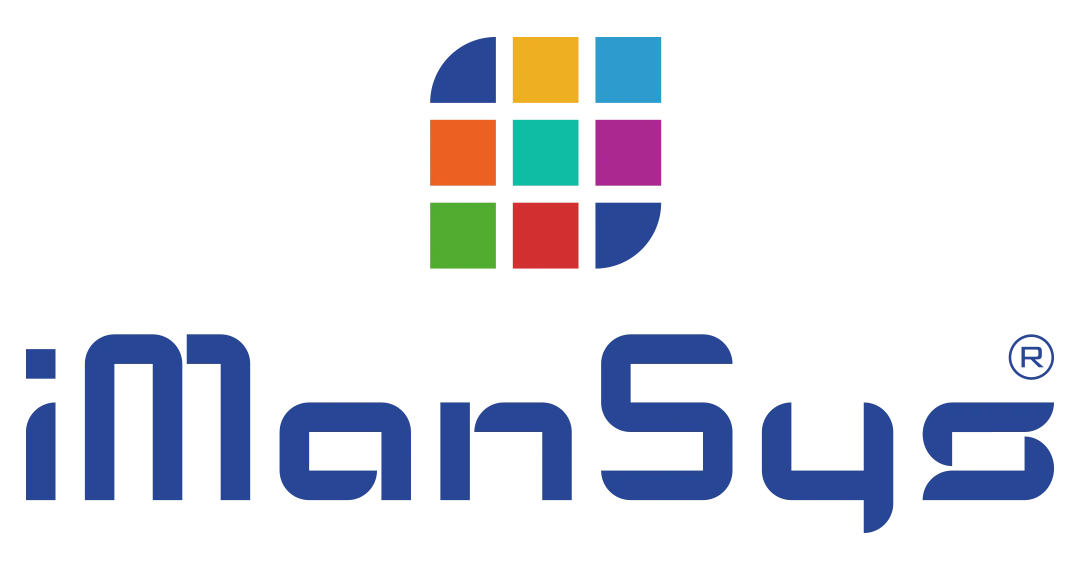
Competency model – advantages and success factors you should know
Problem-solving, resilience and goal orientation are just a small selection of skills that successful employees should possess. Due to the variety and complexity of skills required, using a competency model in human resources is a good idea. A competency model provides an overview of each employee’s required and existing skills and is closely linked to company goals and values. In our article, we have summarised the basics, advantages and success factors of an effective competency model for you.
HSQE compliance management software supports identifying and promoting all employees’ skills and abilities. Our free e-book provides detailed information on how to digitally create a competency model. Enjoy reading!
The big book of digital HSQE management
Find out in detail how a comprehensive software solution can support you in the area of HSQE!

Why implement a competency model in your company?
A competency model in a company can be understood as a list of requirements for all employees. Competencies necessary for work performance and problem-solving are thus made measurable and recorded in writing for all staff. The aim of a competency model is always to make the best possible use of the employees’ existing competencies and to constantly improve them.
The model is based on the company’s strategies and is oriented towards its values and visions. Company goals are compared with the employees’ skills and abilities. A competency model is, therefore, an important instrument of competency management and a crucial tool for personnel development. The graphic on the right illustrates further areas of application.

The competency model should include all employees of a company. It is tailored to the individual company but not to a single person. The following questions should, therefore, be taken into account:
- What skills already exist, and are they already being used extensively?
- Which skills still need to be developed or expanded?
- What potential has so far remained unnoticed?
- Which existing skills will no longer be relevant in the future?
What competency models and competency fields are there?
There are two types of competency models. The generalised model applies to the entire company and includes the most important general competencies that all employees should have. The specialised model includes essential and specific competencies for individual areas, processes, or functions.
A competency model in everyday business usually consists of around ten to 40 competencies. However, what is much more important is what the company understands by the term competency and what should be the focus of the recording. Several observable actions or indicators are listed to document a single competency. These short descriptions of the requirements for the actions depend on the strategic or structural characteristics of the company.
For a competency model, the following four basic competencies can be identified:
What are the advantages of a competency model?
The use of a competency model in the company brings several advantages:
Success factors for the competency model
A successful competency model should always be geared to the individual personality of the employee. This means that personal resources, goals and characteristics must be considered when planning actions. Instead of defining blanket solutions for competency development, these are developed based on needs and considering each employee’s strengths and unique characteristics.

It is equally important to align the competency model with transfer in mind. Existing, learned, or further developed competencies must be integral to everyday work. New content and behavioural aspects can only be internalised and consistently incorporated into the corporate culture if all employees continually test and use them.
Indicators should be chosen for the individual competencies of the model. This means that descriptions of actions must always be observable and assessable by third parties. Furthermore, indicators should represent a relevant aspect of the associated competency and focus on the desired effect. Together with other indicators, they must depict the ability wholly and differently. In addition, the wording is neutral and independent of gender or situation. The terms must be differentiated from one another and unambiguously defined not to be redundant.
Since employees’ competence is a vital resource, companies that efficiently develop their competence management are also investing in the company’s future viability. Compliance management software is helpful for this. With the digital solution iManSys, you can always monitor your employees’ competence characteristics by creating competence matrices and deriving measures for personnel development.
If you want to learn how to implement competencey models digitally, take a look at our software world “Skills & Competences”!
Digital skills management
A company is only as good as its employees. Learn more about how you can promote their skills in the best possible way!

Tags:
Share this post:
More blog posts

HACCP: Everything you need to know
According to lebensmittelwarnung.de, the majority of recalls and warnings published in Germany concern food products. Microbiological contamination and foreign bodies are the most common causes. For food manufacturers, such an […]

Mobile Occupational Safety
What’s the first thing that comes to mind when you hear the term “occupational safety” ? Perhaps personal protective equipment, specifically a hard hat. Or risk assessments, training, company guidelines. […]


Leave a Reply